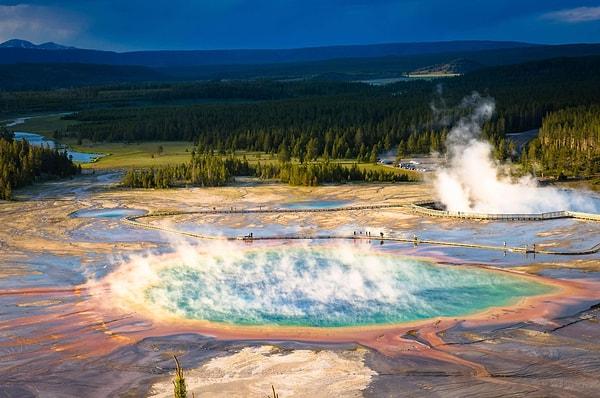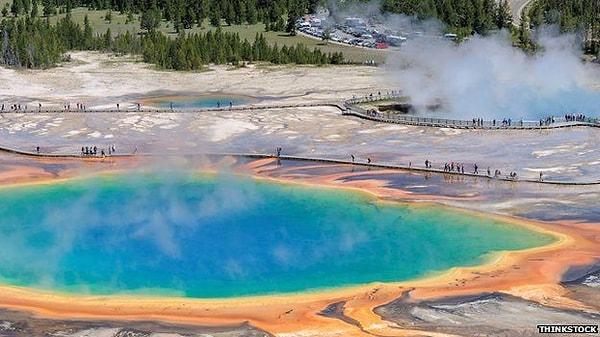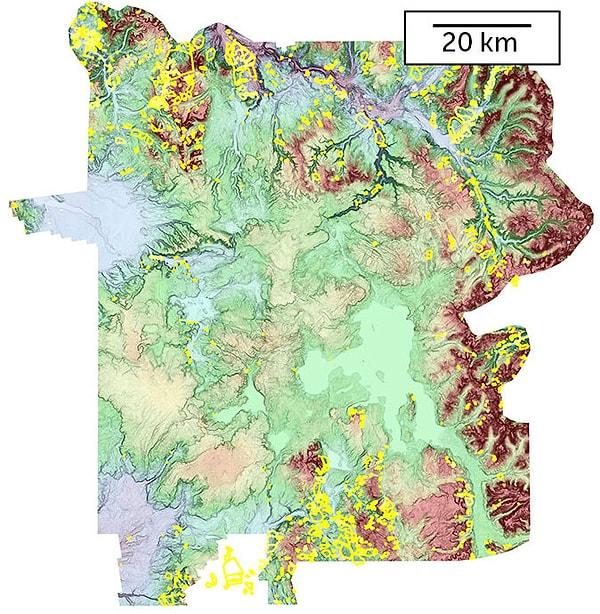Landslides Formed A Hidden Landscape In Yellowstone National Park
A laser drone is restoring a hidden landscape that was ravaged by countless landslides in Yellowstone National Park.

Yellowstone National Park was studied by scientists who traversed the park on foot and studied aerial photos. However, researchers now have access to an enormous modern digital dataset that was unveiling an almost one-million-hectare mesmerizing landscape.
The park findings enabled two researchers to identify more than a thousand landslides inside and close to Yellostone, where hundreds of them were not previously charted, the researchers noted on October 9 at the Geological Society of America Connects 2022 meeting. The majority of these landslides happened a few thousand years ago, but a few are still active.
The landslides in the park are crucial to map since they can damage infrastructure such as highways and bridges. The countless tourists who visit Yellowstone every year enter via a few entrance roads, among which was closed down for months due to severe flooding.

A small plane took flight just a few hundred meters above the national park's beautiful landscape two years ago. It wasn't, however, transporting vacationers keen to see the park's famous wildlife or the hydrothermal vents close up. Rather, the aircraft decided to carry a downward-facing beam that shot infrared light pulses at the ground. Researchers restored the detailed topographic features of the magnificent landscape by assessing the duration of pulses which struck the surface and were returned back to the plane.
“Such light detection and ranging or lidar data reveal details that often remain hidden to the eye. We’re able to see the surface of the ground as if there’s no vegetation,” says Kyra Bornong, a geoscientist at Idaho State University.

Geomorphologist Ben Crosby worked with Bornong to examine the park data, which resolves information as tiny as a single meter to zero in on these mudslides. Researchers looked for areas in which the land shifted from surprisingly flat to muddled, indicating rock formations had formerly been moving. 'It's a pattern-recognition game,' Crosby, of Idaho State University, explains. 'You're looking for a contrast between the lumpy and smooth stuff.'
Crosby believes that there is much more to gain knowledge from this fresh look at Yellowstone. The lidar data could perhaps give insight on geologic procedures such as volcanic and tectonic activity, something that Yellowstone is abundant in. 'It's a game changer,' he says.
Keşfet ile ziyaret ettiğin tüm kategorileri tek akışta gör!


Send Comment